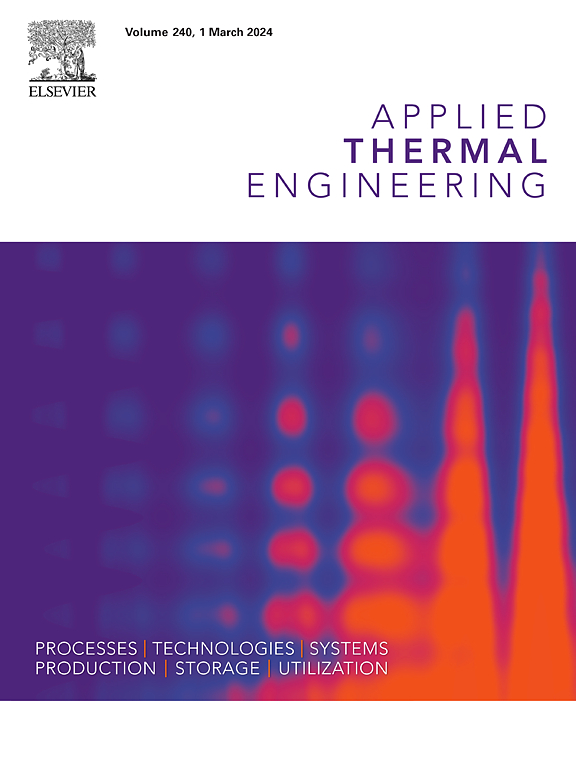Performance comparison of phase change material/liquid cooling hybrid battery thermal management system under different cyclic charging-discharging mode designs
IF 6.1
2区 工程技术
Q2 ENERGY & FUELS
引用次数: 0
Abstract
Hybrid battery thermal management systems coupling phase change material with liquid cooling are considered promising in thermal safety guarantee of lithium ion battery packs during long operating cycles. However, long-term performance comparisons of the reported hybrid battery thermal management systems in the literature are difficult. The main reason is that they have employed different cyclic charging-discharging mode designs, but the influential mechanisms of the mode designs on the heat dissipation performances of the hybrid battery thermal management systems are still unclear. In this work, thermal behaviors of the lithium ion battery pack during different cyclic charging-discharging processes are simulated to elucidate the influential mechanisms of cyclic charging-discharging mode designs on the cooling performances of the hybrid battery thermal management systems. High C-rates are employed for both charging and discharging processes considering the more significant cooling demand under harsh conditions. The results demonstrate that in the charging-discharging mode designs, rest interval before the discharging process is vital to control temperature rise during the cyclic processes, while effects of rest interval after the discharging process are weak. Consequently, compared with the rest interval number, position of the rest interval in the cyclic charging-discharging processes is more important in the improvement of system thermal performance. Further, universality of the conclusions under different material properties and working conditions is also examined. This work could provide useful guidance for not only the performance comparison of the hybrid battery thermal management systems reported in different studies, but also the future designs of the cyclic charging-discharging tests.
求助全文
约1分钟内获得全文
求助全文
来源期刊

Applied Thermal Engineering
工程技术-工程:机械
CiteScore
11.30
自引率
15.60%
发文量
1474
审稿时长
57 days
期刊介绍:
Applied Thermal Engineering disseminates novel research related to the design, development and demonstration of components, devices, equipment, technologies and systems involving thermal processes for the production, storage, utilization and conservation of energy, with a focus on engineering application.
The journal publishes high-quality and high-impact Original Research Articles, Review Articles, Short Communications and Letters to the Editor on cutting-edge innovations in research, and recent advances or issues of interest to the thermal engineering community.
 求助内容:
求助内容: 应助结果提醒方式:
应助结果提醒方式:


